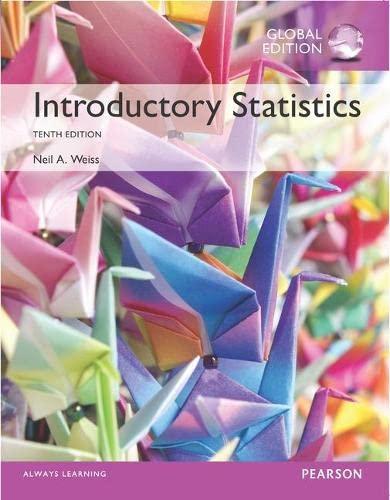Country Music Blues. A Knight-Ridder News Service article in an issue of the Wichita Eagle discussed a
Question:
Country Music Blues. A Knight-Ridder News Service article in an issue of the Wichita Eagle discussed a study on the relationship between country music and suicide. The results of the study, coauthored by S. Stack and J. Gundlach, appeared as the paper “The Effect of Country Music on Suicide” (Social Forces, Vol. 71, Issue 1, pp. 211–218). According to the article, “. . . analysis of 49 metropolitan areas shows that the greater the airtime devoted to country music, the greater the white suicide rate.” (Suicide rates in the black population were found to be uncorrelated with the amount of country music airtime.)
a. Use the terminology introduced in this section to describe the statement quoted above.
b. One of the conclusions stated in the journal article was that country music “nurtures a suicidal mood” by dwelling on marital status and alienation from work. Is this conclusion warranted solely on the basis of the positive correlation found between airtime devoted to country music and white suicide rate? Explain your answer.
Rank Correlation. The rank correlation coefficient, rs, is a nonparametric alternative to the linear correlation coefficient. It was developed by Charles Spearman (1863–1945) and therefore is also known as the Spearman rank correlation coefficient. To determine the rank correlation coefficient, we first rank the x-values among themselves and the y-values among themselves, and then we compute the linear correlation coefficient of the rank pairs. An advantage of the rank correlation coefficient over the linear correlation coefficient is that the former can be used to describe the strength of a positive or negative nonlinear (as well as linear) relationship between two variables. Ties are handled as usual.
Step by Step Answer:






